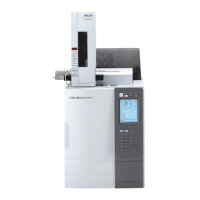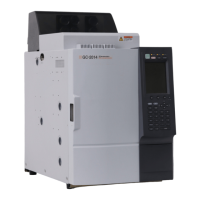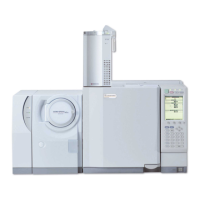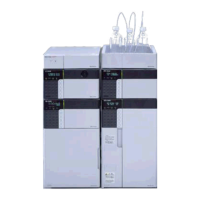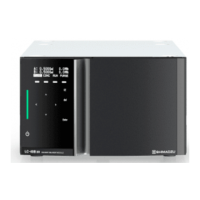83
4. Checking the Pirani gauge measurement control circuits
Check the operational amplifier power supply voltage.
CP9 +5V
Confirm that circuit output voltage is in the correct range.
CP8 0.47 to 2.84V (1 to 300Pa) (Voltage decreases as the pressure increases.)
CP8 0.07V max. Discontinuity in Pirani gauge.
Check the Pirani gauge resistance.
Disconnect the Pirani gauge cable from the MAIN CTRL-A PCB connector J5 and measure
the resistance between Pins 1 and 2. The normal resistance is 10 to 15Ω.
5. Checking the ion-gauge vacuum measurement circuit
If measurements seem incorrect, check the output from the ion-gauge collector current
amplifier circuit.
CP6 [IG1]
A degree of vacuum in the range 1.3x10
-3
to1.3x10
-1
Pa is determined from the voltage V
CP6
.
Degree of vacuum (Pa) = 3.33x10
-2
x V
CP6
When the degree of vacuum exceeds 1.3x10
-1
Pa (V
CP6
≥4V), the filament is turned off for
protection.
CP7 [IG100]
A degree of vacuum below 1.3x10
-3
Pa is determined from the voltage V
CP7
.
Degree of vacuum (Pa) = 3.28x10
-4
x V
CP7
A discontinuity in the ion-gauge measurement bulb or connection cable is evaluated if V
CP7
is 0.1V or less, and the ion-gauge filament is turned off. Inspect the cable between the
measurement bulb and connector J4 on the MAIN CTRL-A PCB.
Check the ion-gauge control circuit (IG CTRL-A) if the ion-gauge measurement bulb filament
does not light.
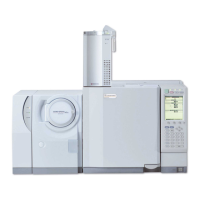
